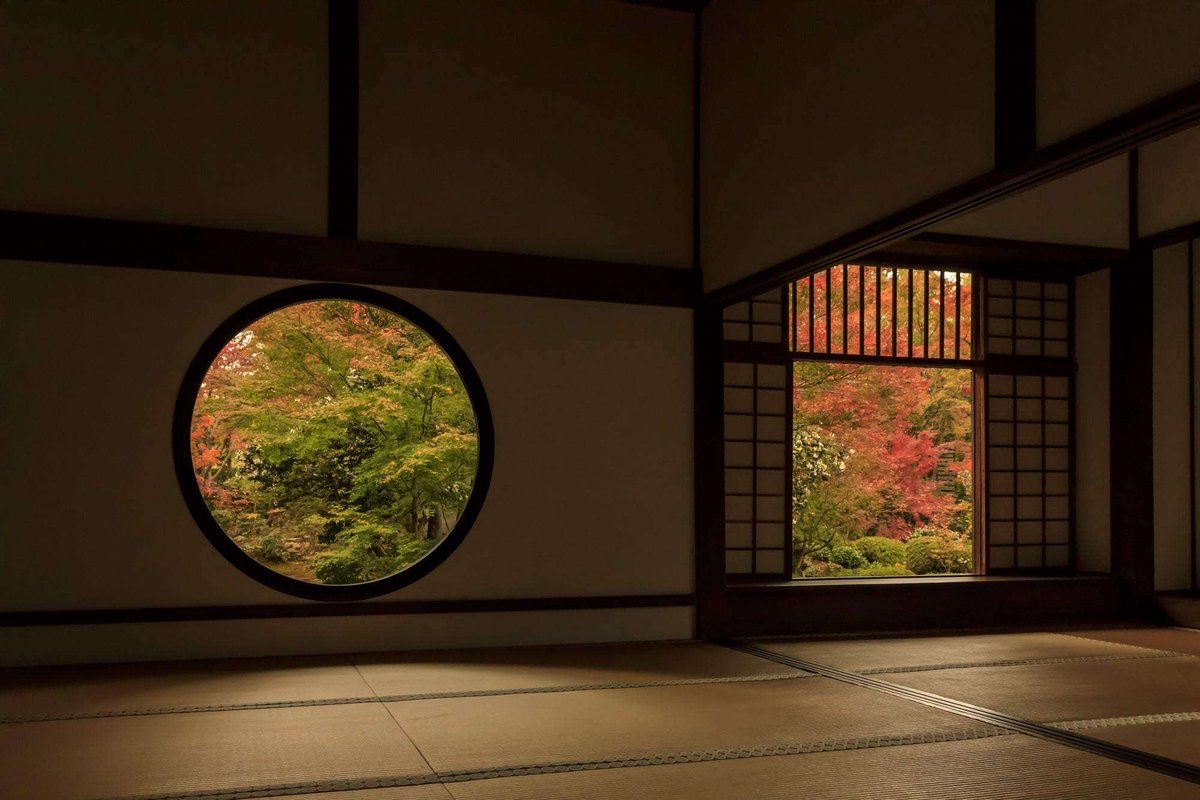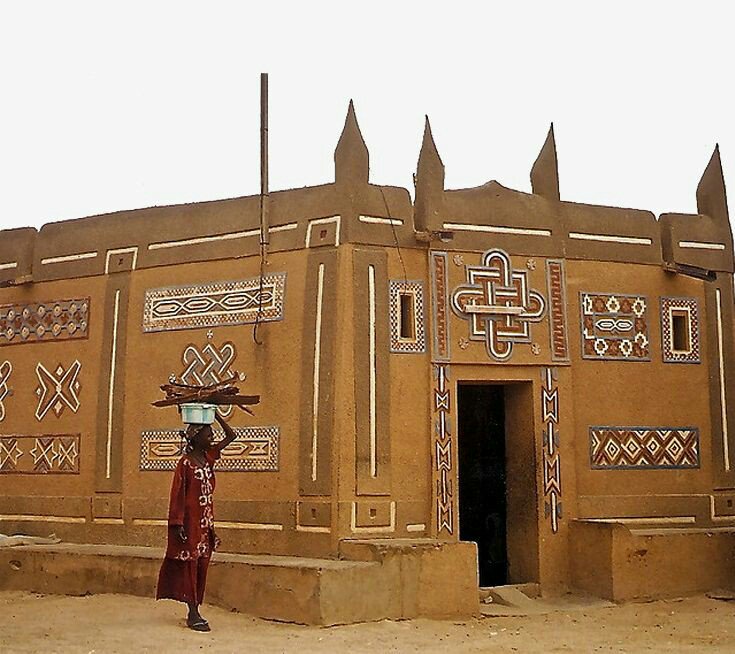
There are limits to human health. We can't trust technology to solve all our problems for us. What're we going to do the next time a corona virus comes? Hunker in miserable pods while fearing for our lives and livelihoods? Let's start building environments that makes us stronger. 

We can do this. @1000yearhouse will teach you how to build a house that will last 1000 years, in brick made from the earth it stands on and timber from the woods that protect it. 

And @CharlestonArchi and @ErikBootsma will teach you how to make it so beautiful your descendants will utter your name with gratitude and respect. 

And @masterthatcher2 and @TheMasterThatch will teach you how to make rural roofs that can be grown in your backyard and composted when having reached the end of their lives. No toxins, no factories, no transport needed. 

People like @AndrewAPrice, @clmarohn, @stevemouzon, @Nir_Buras and organizations like @INTBAU, @createstreets, @StrongTowns will teach you how to make your villages, towns and cities good and beneficial to your health rather than draining you of life like they are now. 

People like @copseworker, @PeterWohlleben and @JLewisStempel will teach you how to live from what the forest and field can give you, sustainably, rather than the abuse we are offering them today. 

• • •
Missing some Tweet in this thread? You can try to
force a refresh


























